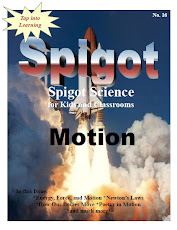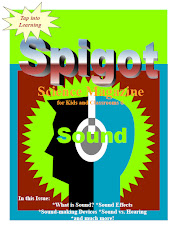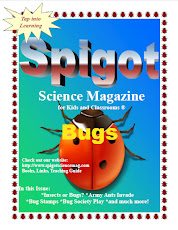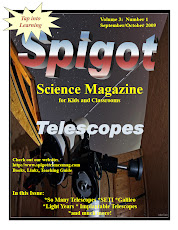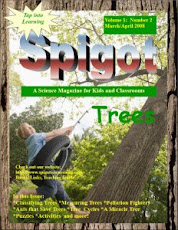One of the best set of skills you can teach a child is effective problem solving skills. These skills will be used and built on throughout a child’s life. They will help her ask for what she wants and needs, set healthy boundaries, and find creative solutions to big and small challenges. Here are some key things you can do to put your child on the problem solving path.
Give her the vocabulary to describe the problem and talk about her feelings. One of the first steps in problem solving is being able to define the problem, including telling the other person how you feel. When children are young you are able to guess at how they may be feeling in different circumstances and verbalize their feelings for them. For example, when an infant struggles to reach a toy that’s out of reach you can say, “You’re frustrated that you can’t reach the toy.” When a toddler begins to cry after a favorite truck is taken away by a playmate you can say, “It makes you angry when Sam takes your truck away from you without asking first.” When a preschooler gets ignored by a group of kids on the playground you can say, “I bet you feel sad when other kids don’t give you the chance to play with them.” As children get older, they will be able to describe the situation they’re facing and how they feel about it. This is the first step in working towards a solution.
Give her choices from an early age. Kids that have strong problem solving skills think in terms of options. When you ask your child if she’d rather wear shorts or a skirt to school, if she’d like eggs, waffles, or yogurt for breakfast, or if she’d like to go to the park before or after she finishes her homework, you’re showing her that there are many answers to most questions. Instead of simply telling her what her next move should be, you’re encouraging her to think about the pros and cons of each choice and then make the choice that best meets the needs of situation. So when she’s faced with a problem she’s more likely to think about the possibilities that are available and not simply look to you or another person to solve the problem for her.
Practice problem solving in calm situations. Problem solving is a learned skill. Like other skills, the more kids practice it the better they become at it. Offering children ongoing opportunities to solve problems that don’t have a strong emotional charge is an effective way to teach them the process of assessing the situation, coming up with possible solutions, and deciding on the best approach. The good news is that your child brings you lots of non-emotionally charged problems throughout the day, although they may not look like problems on the surface. They usually look like “How do I do that?” questions. For example, your preschooler may say, “I want to bring my pony collection to show and tell tomorrow but I can’t find it.” Instead of asking her when she last played with it or suggesting she look in the black bin in the play room say, “You want to bring your collection to school but you don’t know where it is. Hum, what ideas do you have to solve that problem?” Kids love to come up with creative ideas that they can act on. Maybe she’ll make a map of where she played yesterday, maybe she’ll search each room from right to left or maybe she’ll ask her older sister if she’s seen it. The ideas she comes up with are less important than the process she’s learning to use.
Talk in positive language. Attitude means a lot when it comes to solving problems. When children are surrounded by positive talk it becomes a habit for them too. They look to the possibilities of a situation rather than the obstacles or limitations.
Model problem solving skills in your own life. Like most things, the best way to teach great problem solving skills is to model them for your child. Instead of figuring things out in your head, talk through even the smallest problems that you face throughout the day. This will give your child a good feel for the process, help her understand how brainstorming works, and show her that if Solution A doesn’t work out, you move onto Solution B then Solution C. By modeling this type of behavior you can teach her how to solve problems with a positive attitude.
Kids that have good problem solving skills are well equipped to deal with the problems that regularly come up in everyday life. Armed with a positive attitude and a solid understanding of the process, they can successfully tackle the challenges that they may face.
Find a Nanny.net at;
http://www.findananny.net






















